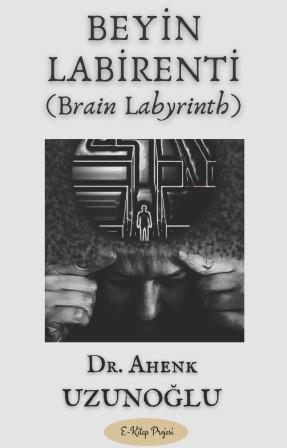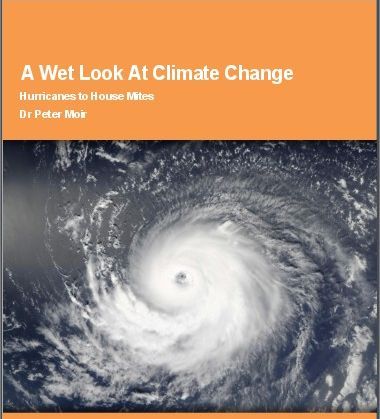
Relativity
Near the beginning of his career, Einstein thought that Newtonian mechanics was no longer enough to reconcile the laws of classical mechanics with the laws of the electromagnetic field. This led to the development of his special theory of relativity. He realized, however, that the principle of relativity could also be extended to gravitational fields, and with his subsequent theory of gravitation in 1916, he published a paper on the general theory of relativity.
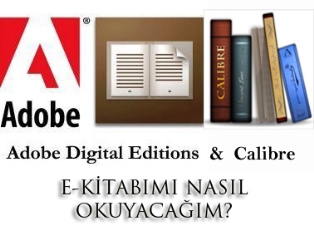

Gray’s Anatomy
Classic 1918 Publication Revised Edition, “1247 Coloured Engrawings” As Well As a “Subject Index” With 13,000 Entries Ranging from the “Abdomentum” to the “Zygomaticus”
By
Henry GRAY
FELLOW OF THE ROYAL COLLEGE OF SURGEONS &
LECTURER ON ANATOMY AT ST. GEORGE’S HOSPITAL MEDICAL SCHOOL, LONDON
REVISED & RE-EDITED –RE-ILLUSTRATED “1918” TWENTIETH EDITION


Newton and His Apple & Simple Newton Physics
"Why did the apple fall out of the tree? Does everything fall? What makes things fall? Can anything stop things from falling? Are the sun, moon, and stars falling? Why don't they ever hit the ground?
So many questions. Newton spent many years answering these questions by thinking and doing experiments. He made up the law of gravity. According to this law everything pulled everything else to itself by a force called gravity. How strong that force is depends on how heavy the things are and how close together..
This book telling this excellent biographic story very simple, teaching and amazingly.."


Four Stories of the Schrodinger’s Cat & Simple Quantum Physics in Four Steps
"I don’t want to bore you with the over and over told stories of the wave-particle duality and Schroedinger’s Cat…
May be there are hundreds of books that do this. But I tell you a different and deeply story so relation to the paralel universe that contain from ancient Upanishads to modern String theory and beyond with simply forming “Four Equations” and “Four Stories” in simple “Four Steps”.."
M. Ukray


Physics in Daily Life & Simple College Physics-I
(CLASSICAL MECHANICS)
Physics is all around us. It is in the electric light you turn on in the morning; the car you drive to work; your wristwatch, cell phone, CD player, radio, and that big plasma TV set you got for Christmas. It makes the stars shine every night and the sun shine every day, and it makes a baseball soar into stands for home run. This study teaches simple physics principles to the college-level..


Physics in Daily Life & Simple College Physics-II
(ELECTRICITY AND MAGNETISM)
Before electricity generation began slightly over 100 years ago, houses were lit with kerosene lamps, food was cooled in iceboxes, and rooms were warmed by wood-burning or coal-burning stoves. Beginning with Benjamin Franklin's experiment with a kite one stormy night in Philadelphia,the principles of electricity gradually became understood. In the mid-1800s everyone's life changed the electricity.


Principia: “The Mathematical Principles of Natural Philosophy” [Full and Annotated]
Philosophiæ Naturalis Principia Mathematica (Latin for Mathematical Principles of Natural Philosophy), often referred to as simply Principia, is a work in three books by Isaac Newton, in Latin, first published 5 July 1687. After annotating and correcting his personal copy of the first edition, Newton published two further editions, in 1713-1726.


Philosophiae Naturalis Principia Mathematica: [Full and Annotated] (Latin Edition)
Philosophiæ Naturalis Principia Mathematica (Latin for Mathematical Principles of Natural Philosophy), often referred to as simply Principia, is a work in three books by Isaac Newton, in Latin, first published 5 July 1687. After annotating and correcting his personal copy of the first edition, Newton published two further editions, in 1713-1726.


On Behalf of Humanity, I Apologize to All Plants!
Beyin Labirenti (Brain Labyrinth)
Beyin ile ilgili bilinen yönleri; bir öğrenme, bir bilme platformu ve ayrıca oyun ve sanat tadında bir sunum ve kitapla sizlerle buluşturdum.



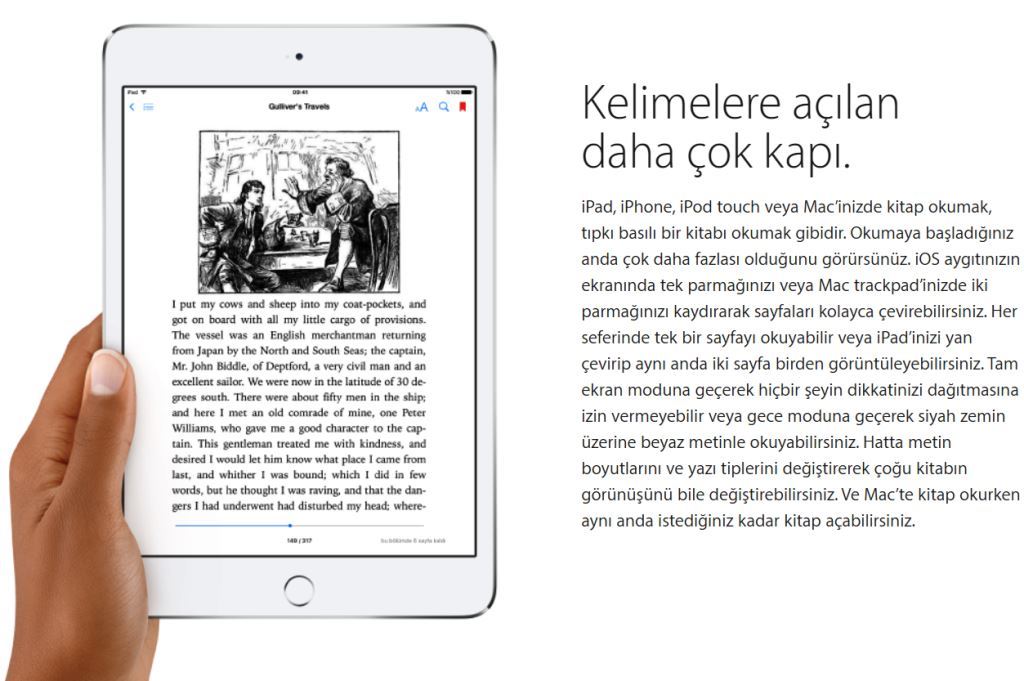







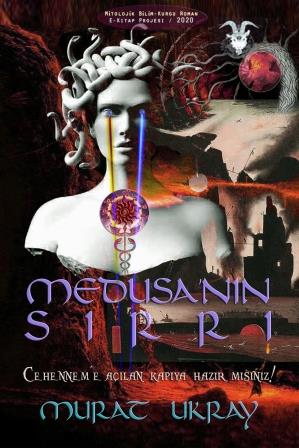
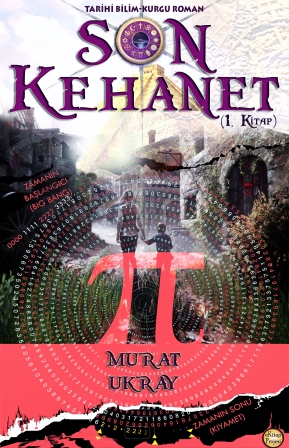
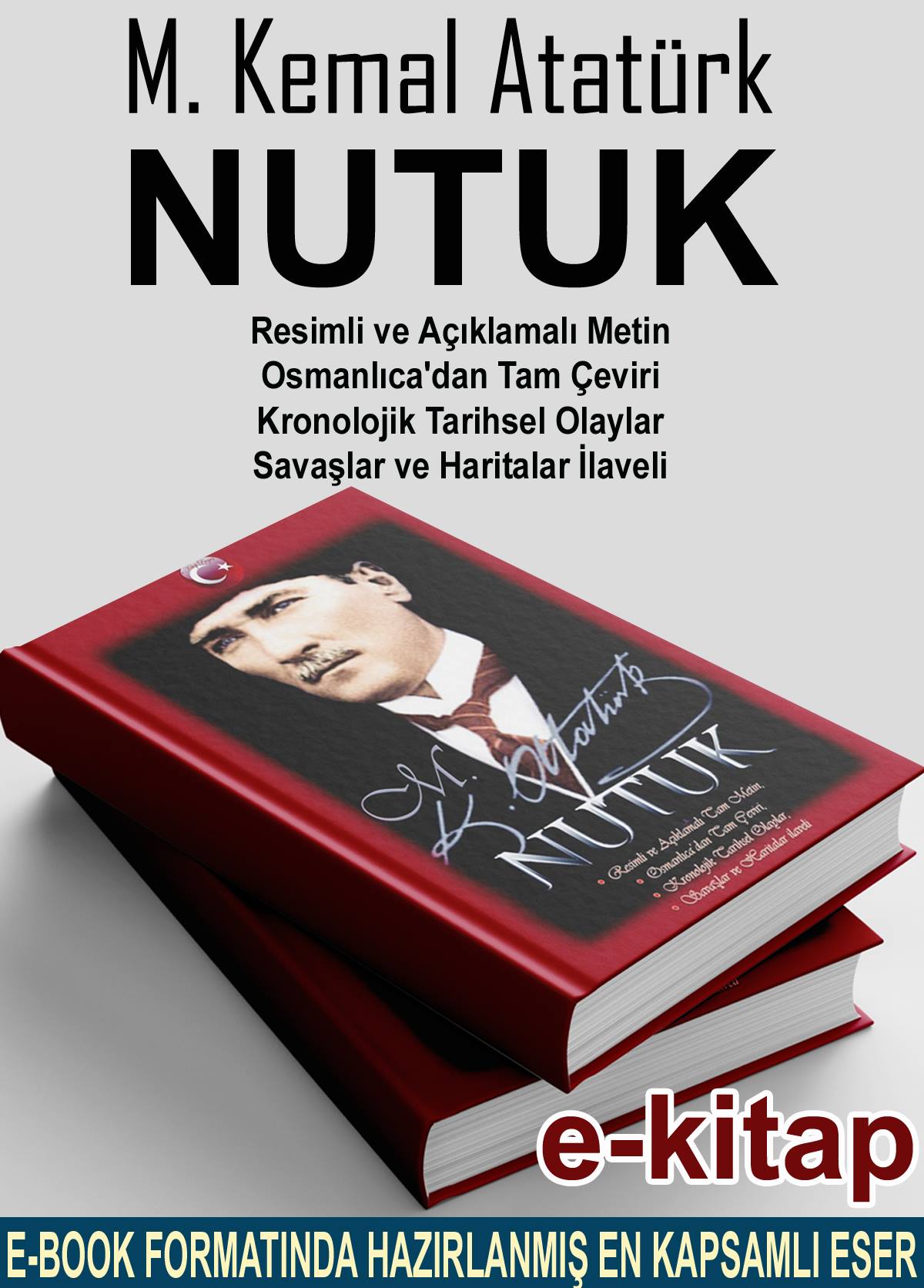
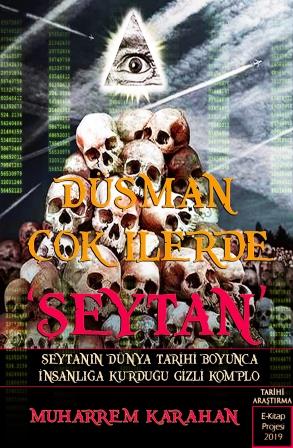




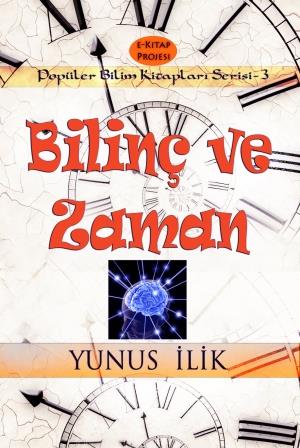

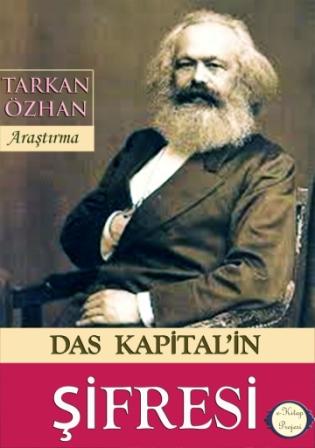

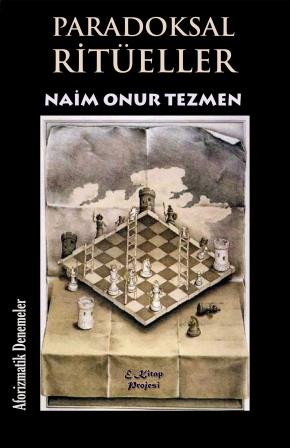

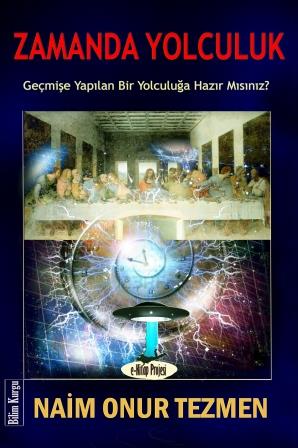
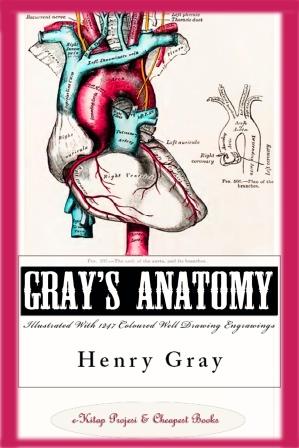

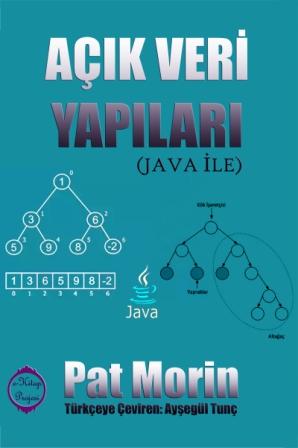
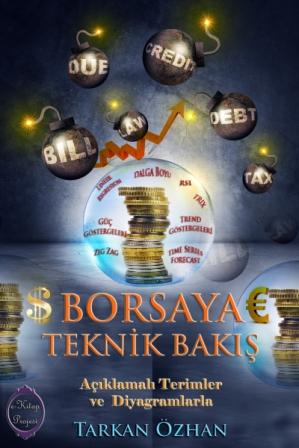







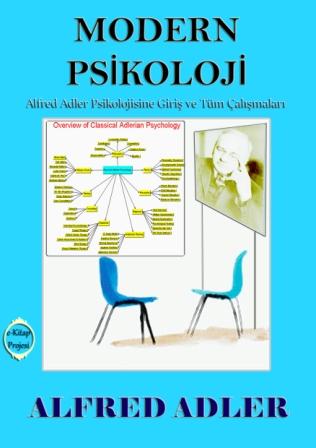
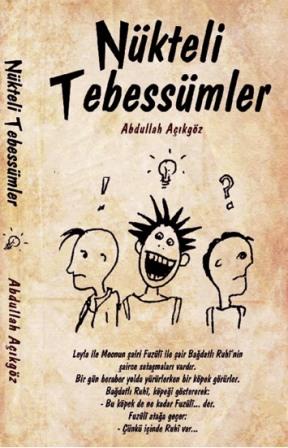
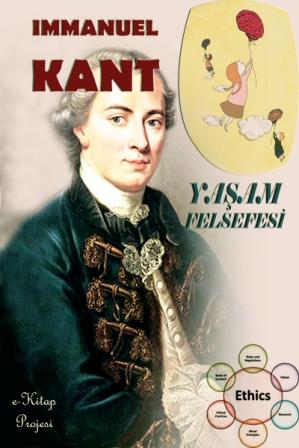




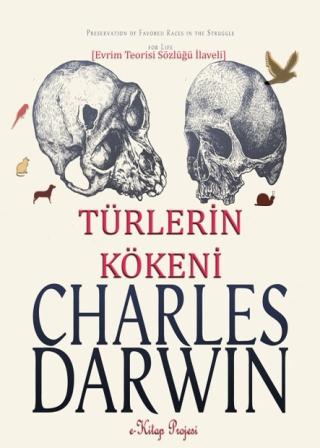
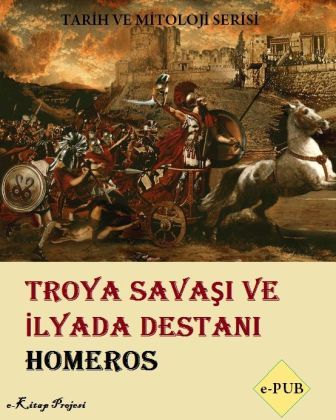

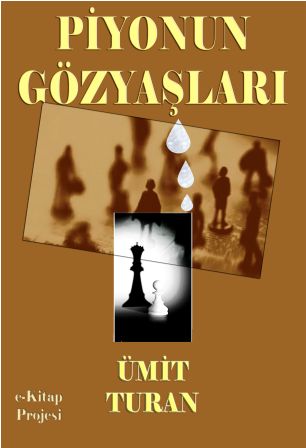
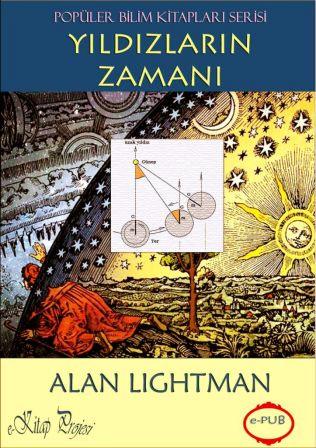

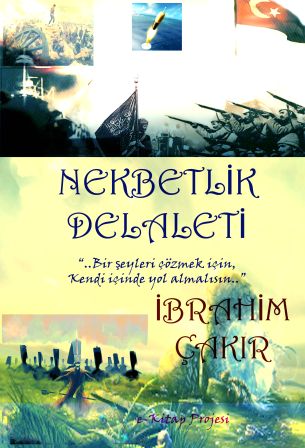


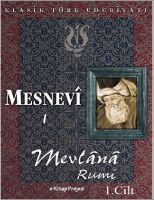

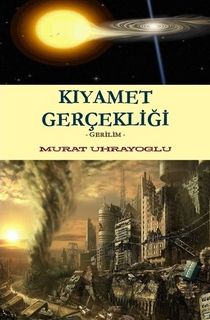

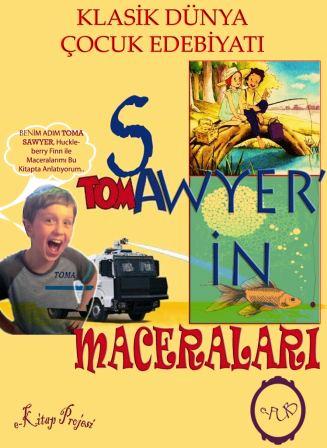
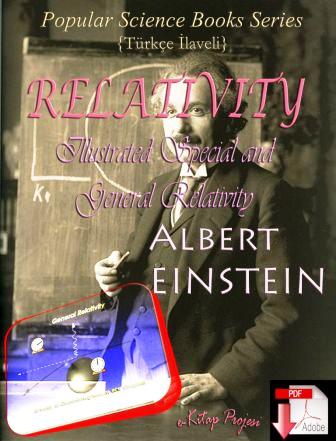
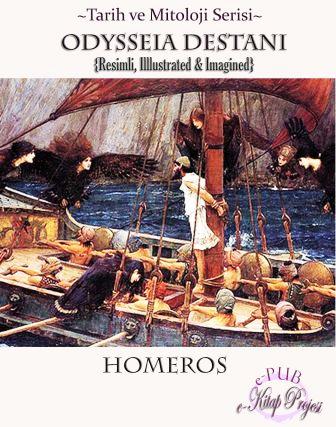
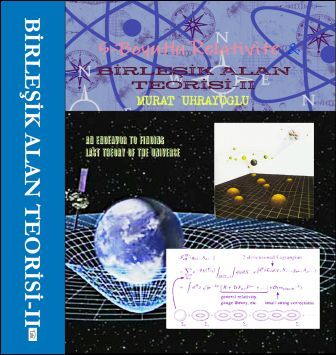
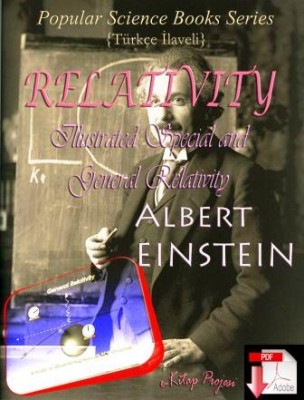









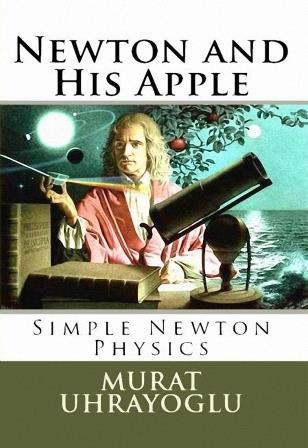

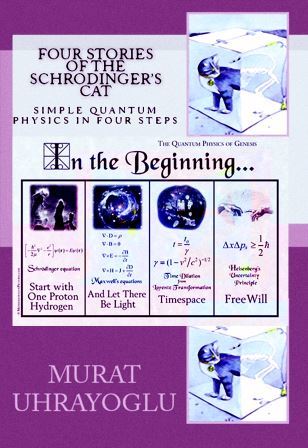

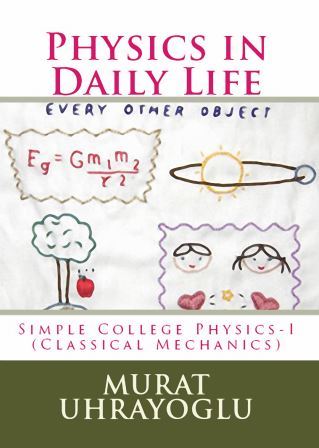
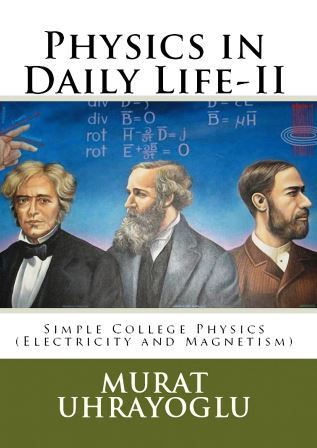
![Principia: “The Mathematical Principles of Natural Philosophy” [Full and Annotated]](https://www.ekitaprojesi.com/wp-content/uploads/PRINCIPIA-Kapak.jpg)

![Philosophiae Naturalis Principia Mathematica: [Full and Annotated] (Latin Edition)](https://www.ekitaprojesi.com/wp-content/uploads/PRINCIPIA-LATIN-VERSION.jpg)

